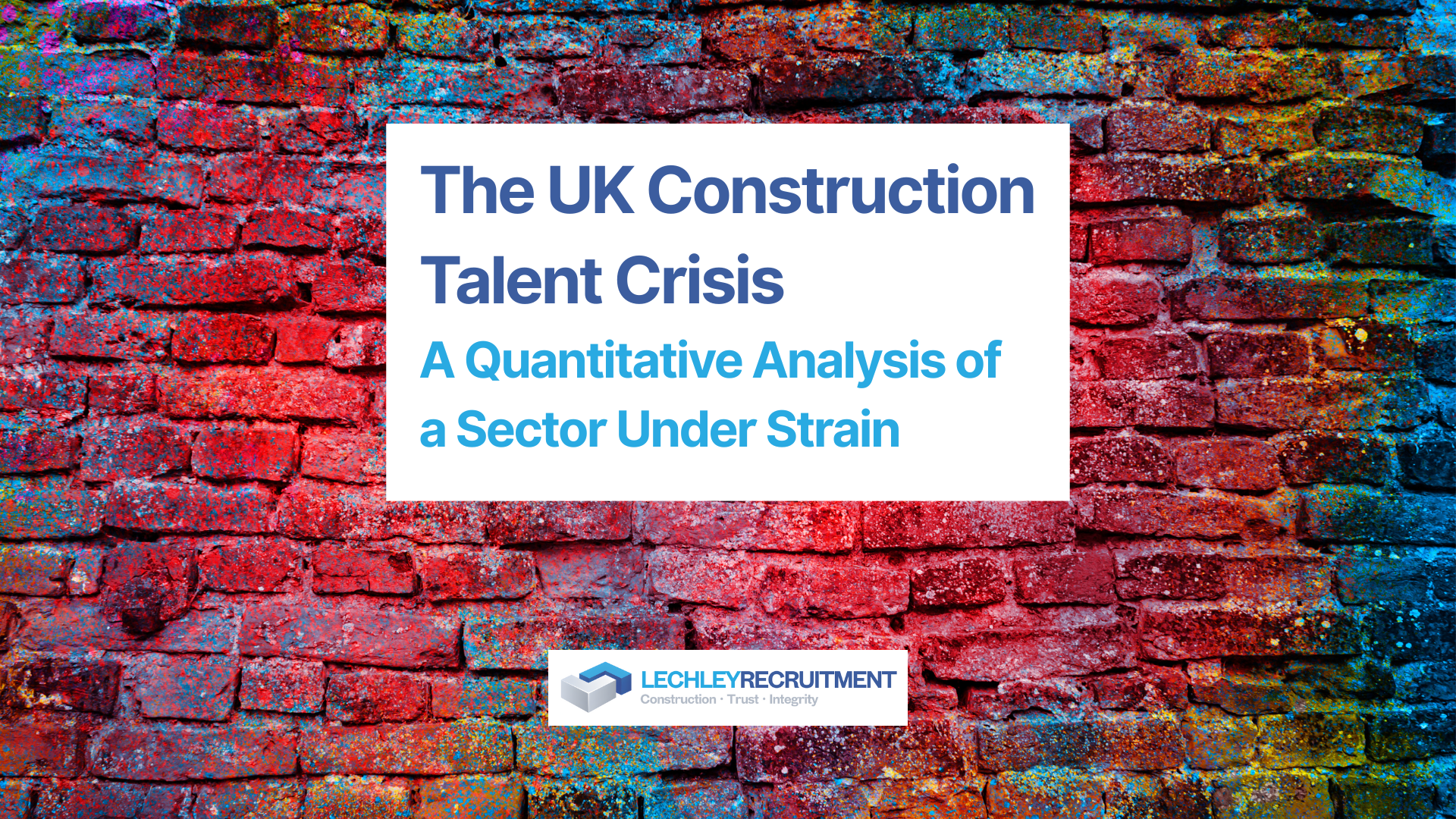Beyond the Placement: How Your Recruitment Partner Adds Strategic Value
Beyond the Placement: How Your Recruitment Partner Adds Strategic Value

In today's dynamic and often challenging UK labour market, securing the right talent remains paramount for any organisation's success. While a recruiter's core task is undoubtedly to find and place suitable candidates, the value of a true recruitment partnership extends far beyond simply filling vacancies.
At Lechley Associates, we believe in working alongside our clients as strategic advisors. By leveraging our unique position and expertise, we offer insights and support designed to enhance your overall talent strategy and contribute to your long-term business goals. Here’s how partnering with a dedicated recruitment specialist can offer more than you might expect:
1. Access to Real-Time Market Intelligence
Navigating the talent landscape requires current information. We are constantly engaging with candidates and monitoring market trends, allowing us to provide valuable intelligence on:
- Competitive Salary & Benefits Benchmarking: Are your remuneration packages competitive enough to attract and retain top talent in 2025? We analyse current market rates to help you position your offers effectively.
- Skill Availability & Demand: We identify which skills are readily available, which are scarce, and the emerging capabilities your organisation might need soon.
- Competitor Insights: Understanding who else is recruiting, their strategies, and their employer branding helps you position your own opportunities more effectively.
2. Enhancing Your Employer Brand & Candidate Experience
Your reputation as an employer significantly impacts your ability to attract talent. As an extension of your brand in the market, we gather crucial feedback and can help you:
- Optimise Your Employer Value Proposition (EVP): We share insights from candidates about their perception of your organisation, helping you refine your messaging.
- Improve the Candidate Journey: Ensuring a positive, professional, and efficient process for every applicant – even those who are unsuccessful – protects and enhances your brand reputation.
- Craft Compelling Job Descriptions: Attracting the right candidates starts with clear, engaging, and accurate role profiles.
3. Optimising Your Hiring Process
Efficiency and effectiveness in recruitment are key. Having observed countless hiring practices across various organisations, we can share best practice and offer objective advice to:
- Streamline Recruitment Stages: Identify bottlenecks and suggest ways to make your process quicker without sacrificing quality assessment.
- Refine Interview & Assessment Techniques: Ensure you are consistently identifying the core competencies and cultural fit required for success.
4. Supporting Your Long-Term Talent Strategy
Beyond immediate hiring needs, we aim to contribute to your future success. By understanding your strategic objectives, we can partner with you on:
- Proactive Talent Pipelining: Building connections with potential future hires, particularly for roles with anticipated demand or scarce skills.
- Identifying Future Skill Gaps: Analysing market trends and your business direction to anticipate future talent requirements.
- Diversity & Inclusion Initiatives: Supporting your efforts to build more diverse candidate pools and foster inclusive hiring practices.
A Partnership Approach
Our philosophy is simple: we succeed when you succeed. By acting as more than just a supplier of CVs, we strive to be a valuable strategic partner, contributing informed insights and practical support that strengthen your entire talent function. This collaborative approach doesn't just fill today's roles – it helps build a more resilient and competitive workforce for the future.
Get in Touch
Interested in exploring how a more strategic recruitment partnership could benefit your organisation? Contact us today to discuss your specific talent challenges and goals.





